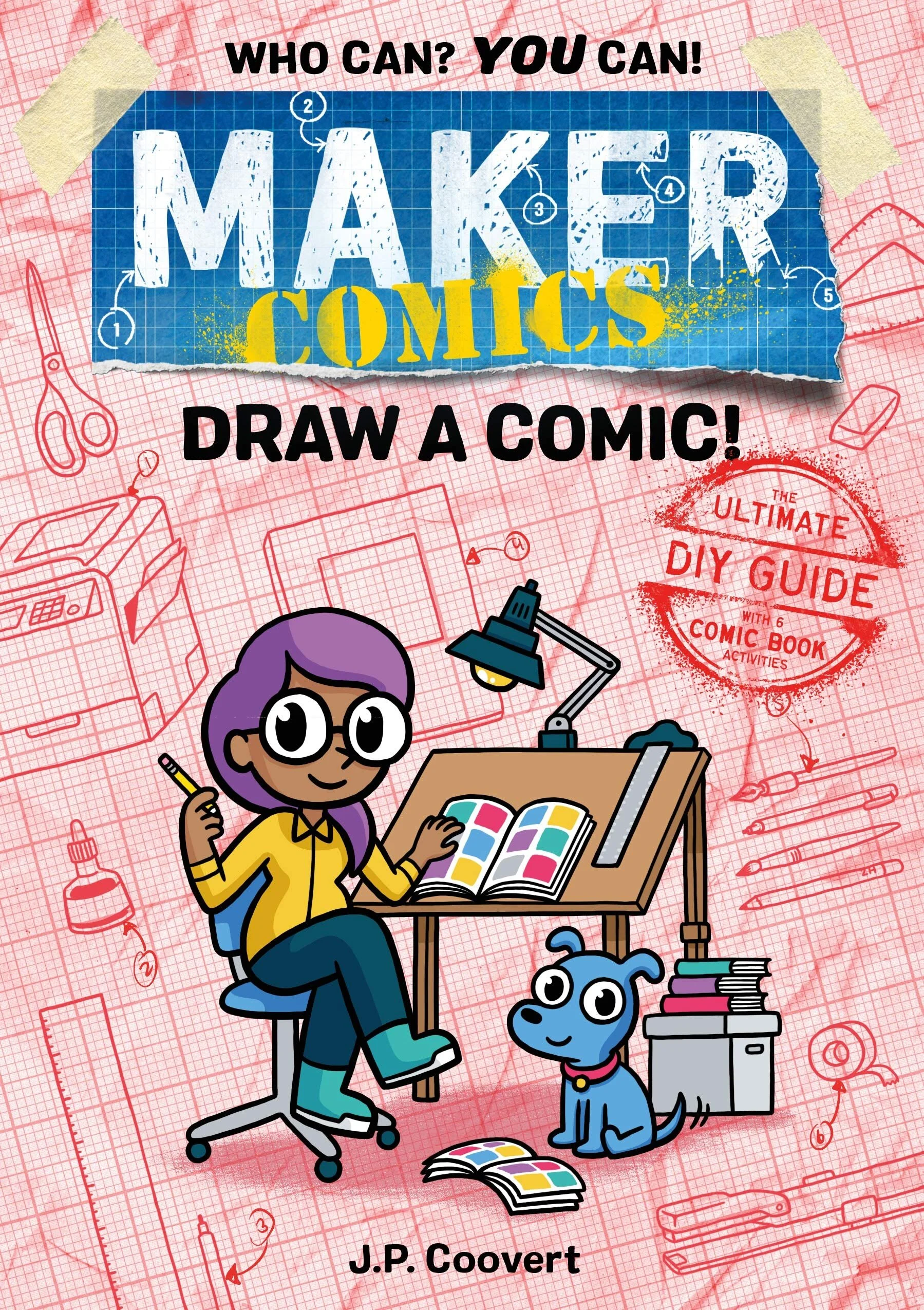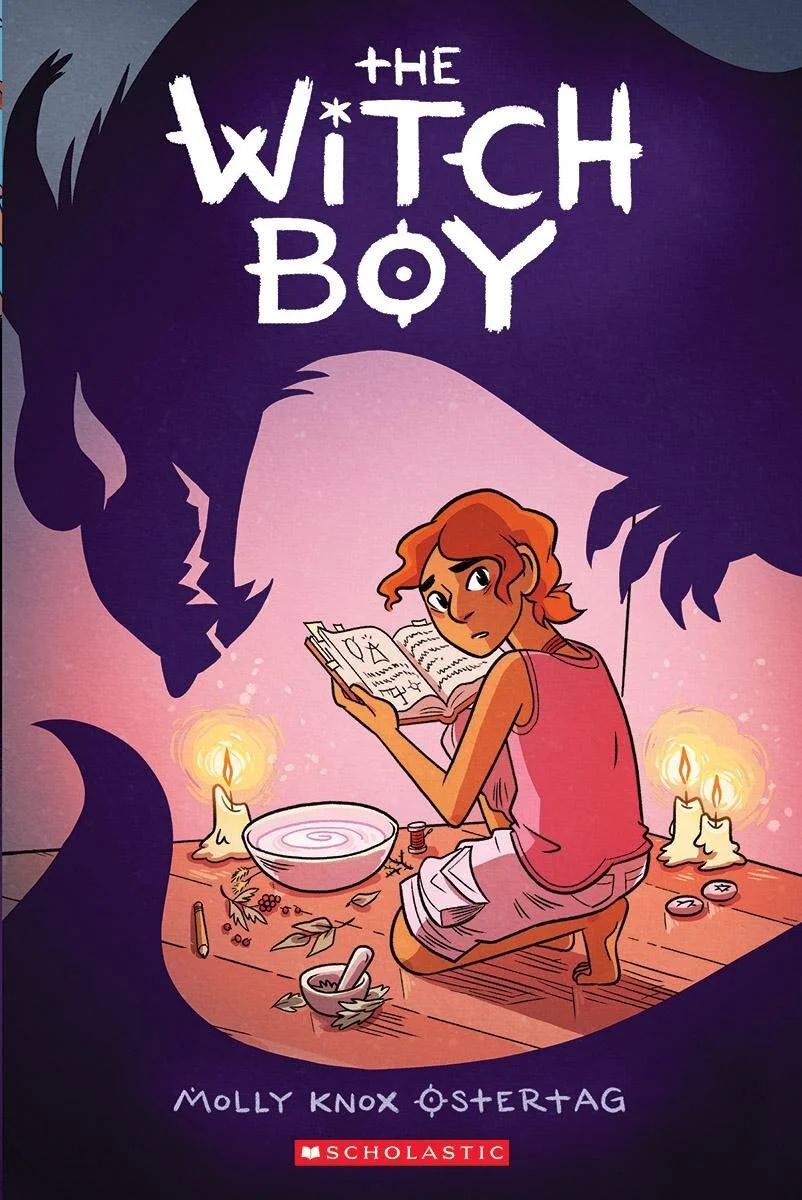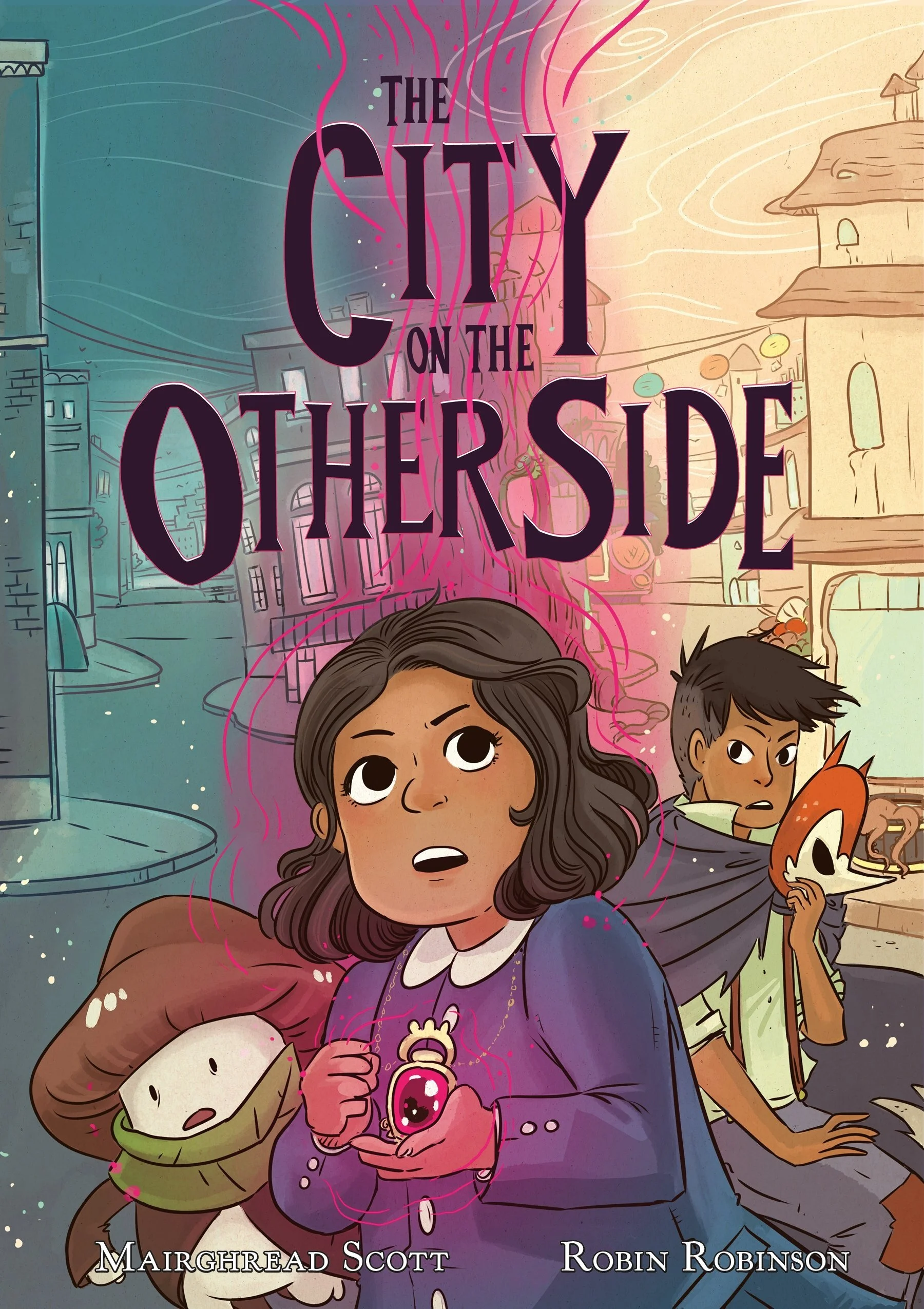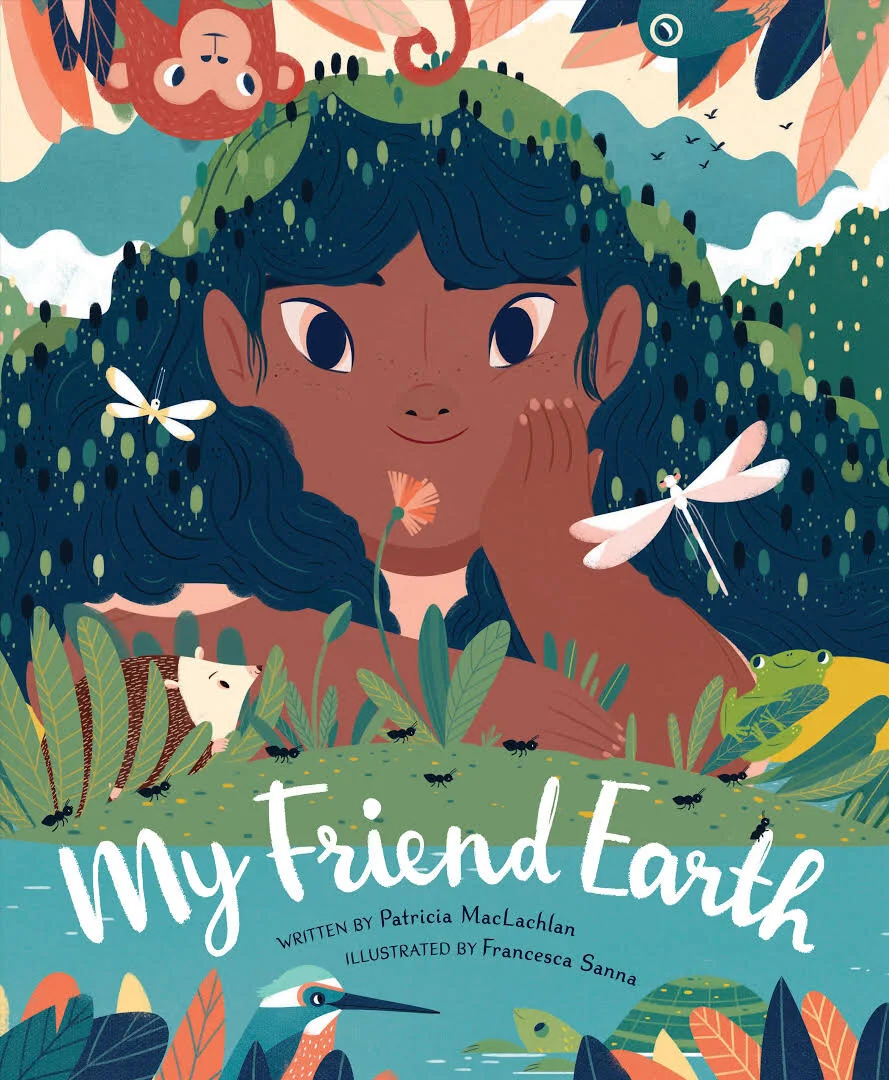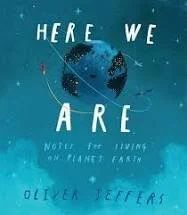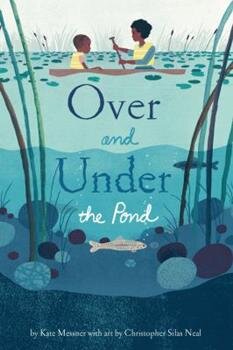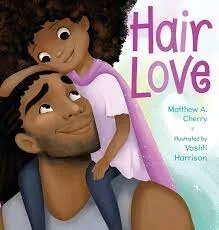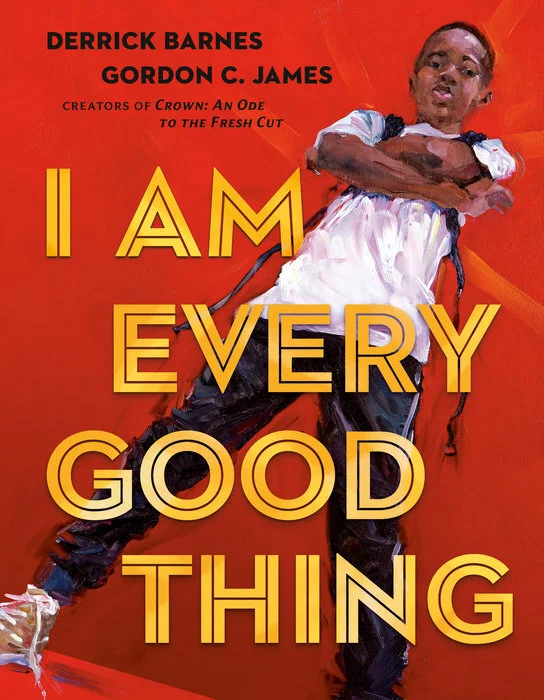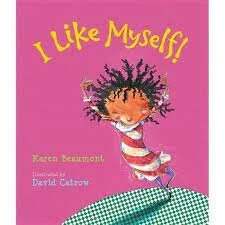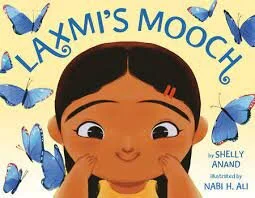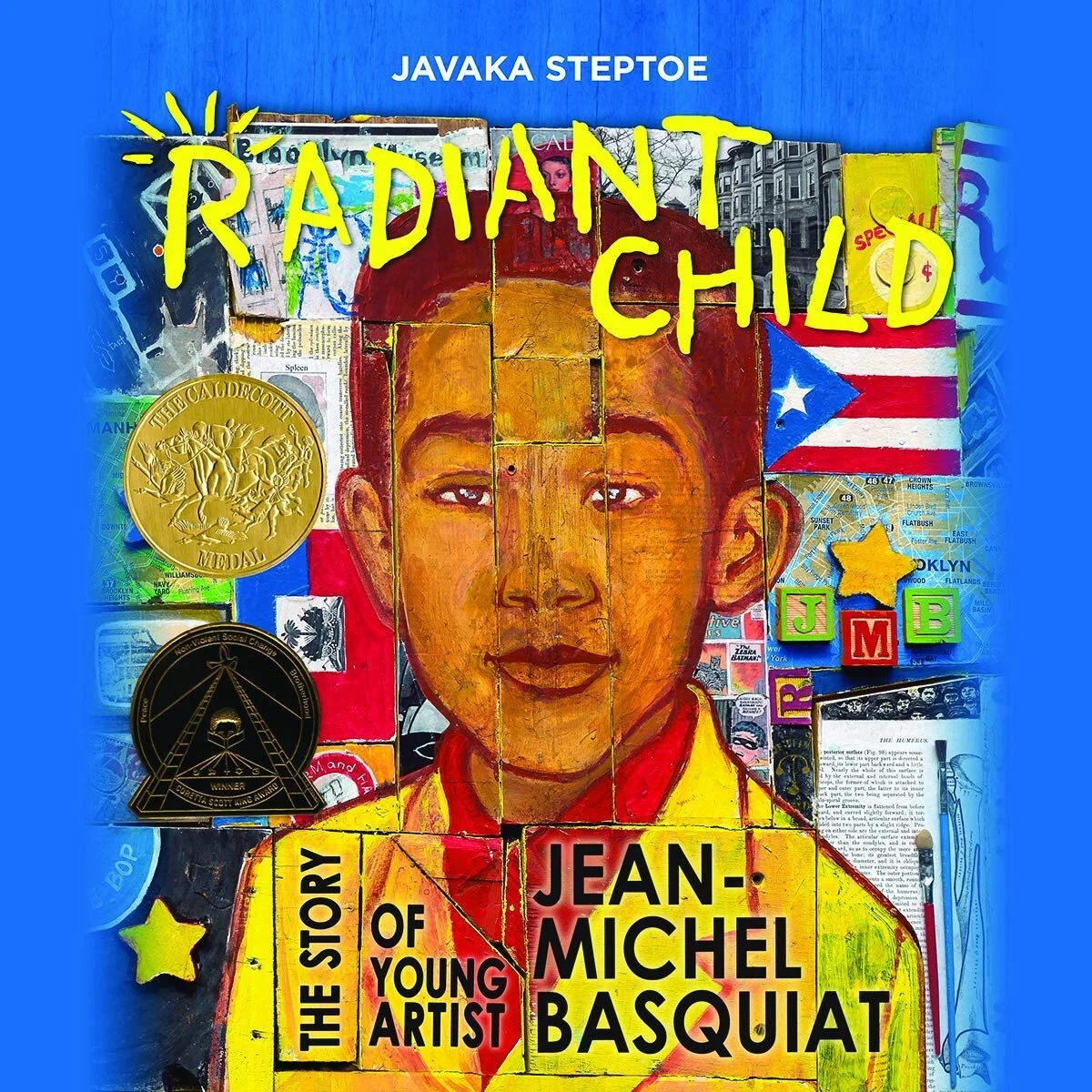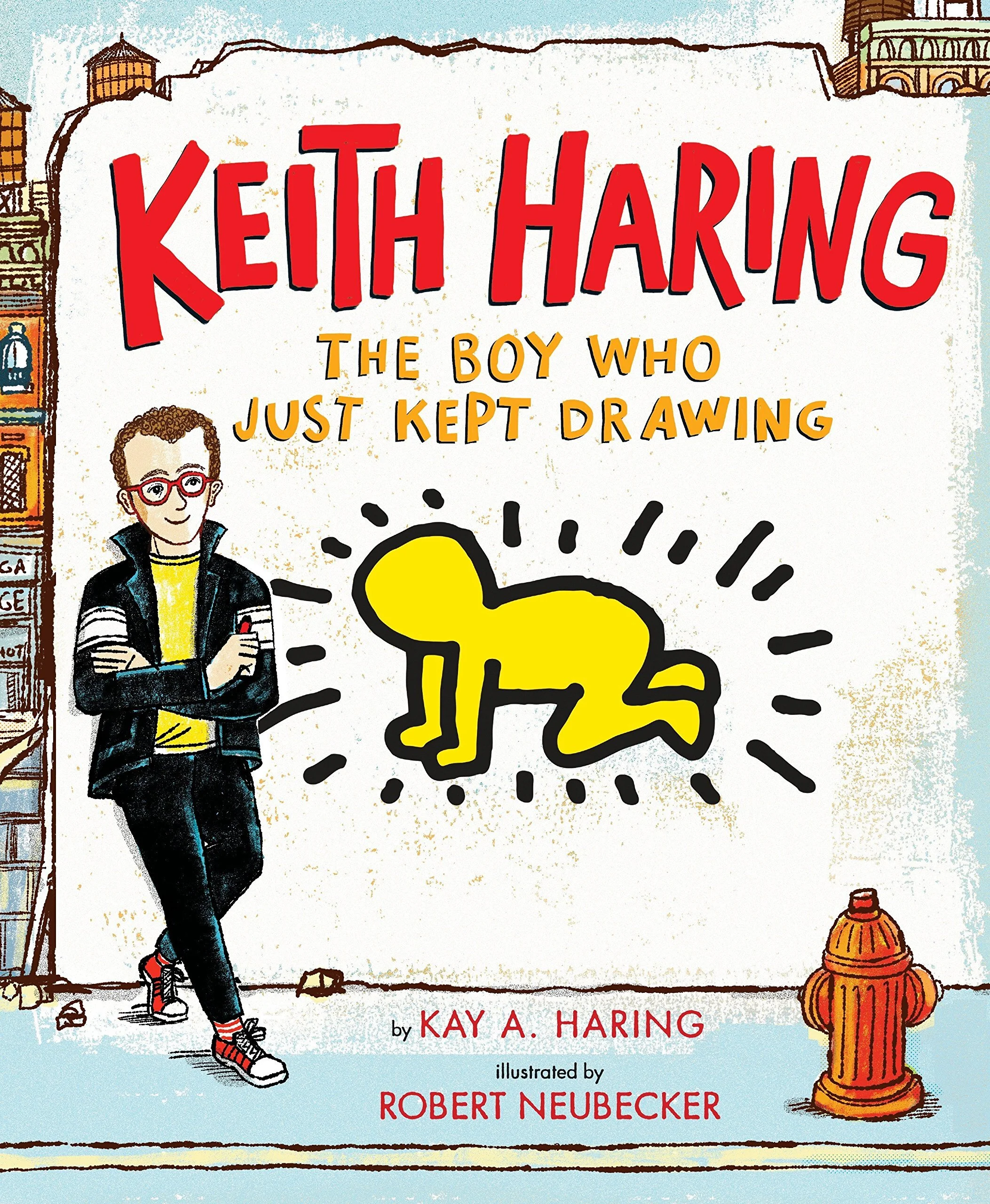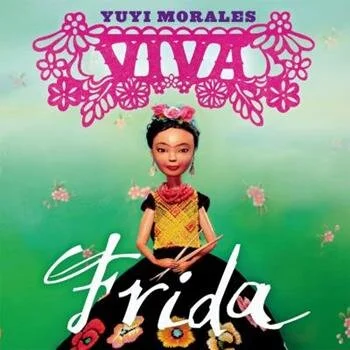As the child of two librarians and the sister of a children’s librarian, my approach to education naturally values literacy as a vital component of any good Visual Arts Lesson. Performance tasks that require READING, SPEAKING, and WRITING will help develop literacy skills in congruence with visual acuity and comprehension. As I consider how to format my lessons, I always consult my sister, the children’s librarian, as I strategize how to incorporate these key tasks.
Providing students with a digital platform such as PADLET, or a shared google doc where they can compose written responses to images will greatly improve their ability to understand, analyze, and discuss visual art. PADLET is an online bulletin board where students can write comments and responses to posted media.
Here is a screenshot from a padlet I created on Social Justice and Footwear Design for a 9th grade Footwear Design Unit. Students wrote responses to the posted articles and were encouraged to post their own research.
Using familiar titles with students as inspiration to create comics will enhance their motivation. By using books like the ones listed below, that include pages about the artist’s process of making their work, students will understand that everyone is capable of writing their own visual language.
The Reading Lists below include examples of picture books that can be used for inquiry based discussions on specific topics or themes and were curated by a children’s librarian. It is important not only to read to our students, but in the art room, discussing the artwork in a picture book is a great way to enhance their understanding of methods of visual communication.
PICTURE BOOKS ABOUT THE ENVIRONMENT
PICTURE BOOKS ABOUT IDENTITY
PICTURE BOOKS ABOUT ARTISTS
Asking students to incorporate writing/text into their visual work will encourage them to use their higher order thinking skills to explore the relationship between visual and written communication.








